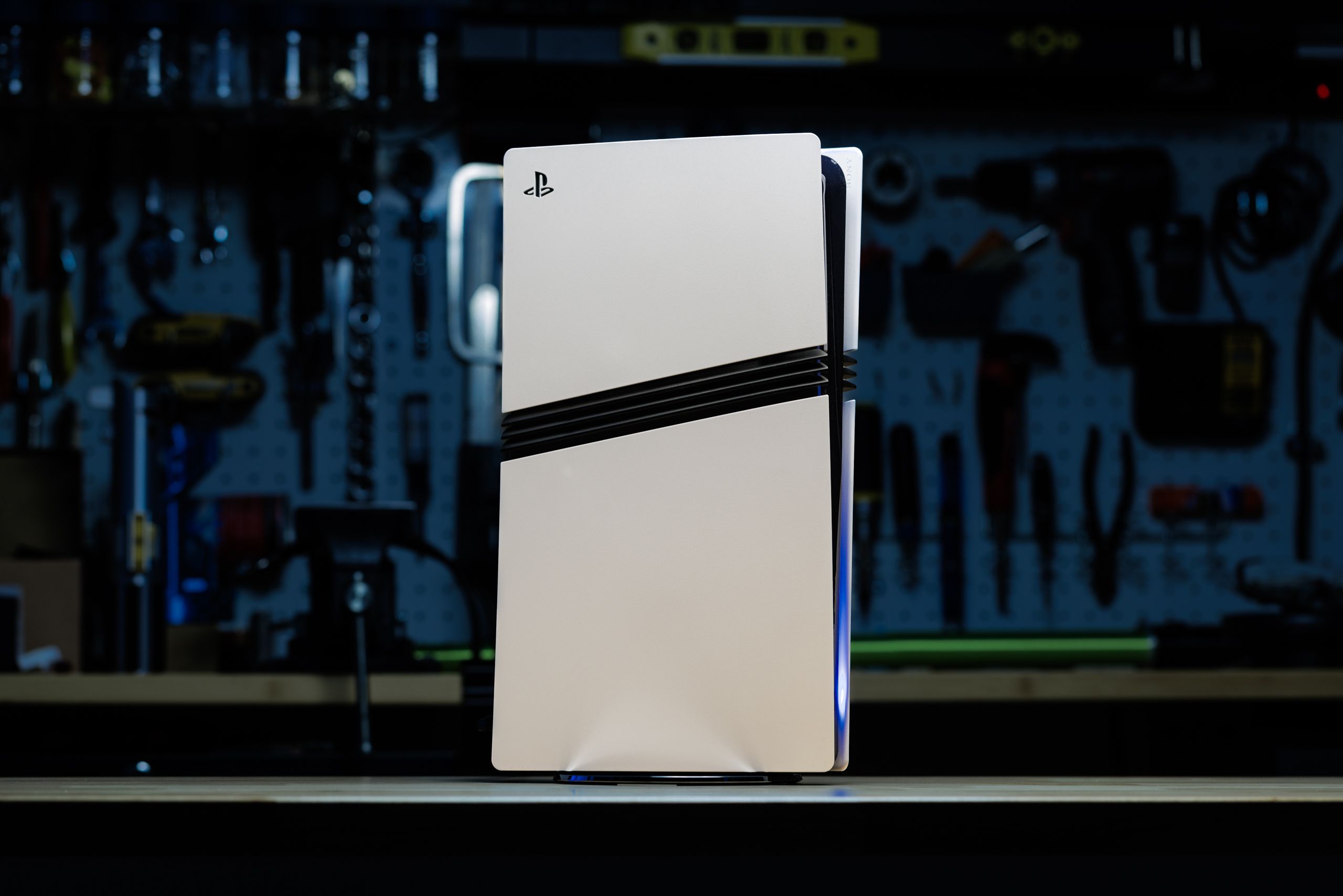Sony just pulled back the curtain on the PS6's GPU architecture in a rare technical deep-dive that signals a major shift in console gaming performance. PlayStation architect Mark Cerny and AMD's Jack Huynh revealed breakthrough graphics technology including dedicated ray tracing cores and revolutionary compression techniques that could reshape both console and PC gaming when the next PlayStation launches in a few years.
Sony and AMD just delivered the gaming industry's biggest hardware reveal of the year. In a surprisingly candid nine-minute technical presentation, PlayStation lead architect Mark Cerny and AMD's computing chief Jack Huynh walked through the revolutionary GPU architecture that will power the PS6 - and it's a complete departure from current console design.
The centerpiece of this collaboration is AMD's new Radiance Cores, specialized hardware units that handle ray tracing and path tracing workloads. Think of them as Sony's answer to Nvidia's RT Cores, but designed specifically for the demanding requirements of console gaming. "The current approach has reached its limit," Cerny explained during the presentation, acknowledging that traditional GPU architectures simply can't keep up with modern gaming's visual demands.
What makes this announcement particularly fascinating is the timing. Sony's $750 PS5 Pro launched just months ago, yet here's the company already showcasing technology that makes its newest console look outdated. The Radiance Cores free up other GPU components to handle shaders and textures more efficiently, essentially allowing the processor to "stop spinning so many plates," as AMD's Huynh put it.
But the real breakthrough might be Universal Compression, Sony's next-generation data compression technique. While the PS5 and PS5 Pro use Delta Color Compression for textures and render targets, this new approach compresses everything in the graphics pipeline. Huynh promises this will deliver "more detail, higher frame rates, and greater efficiency" - exactly what you'd want for both a powerful home console and a portable device.
The implications extend far beyond PlayStation. AMD confirmed these Radiance Cores will appear in future desktop GPUs, and given the company's partnership with Microsoft, expect similar technology in next-gen Xbox hardware. This represents a fundamental shift in how all gaming hardware will handle ray tracing going forward.
The efficiency gains are particularly intriguing given persistent rumors about Sony's handheld console development. The PS5 already features a Power Saver mode that scales back performance for lower power consumption - exactly what you'd need for portable gaming. These new compression and processing improvements could make console-quality gaming truly portable for the first time.












